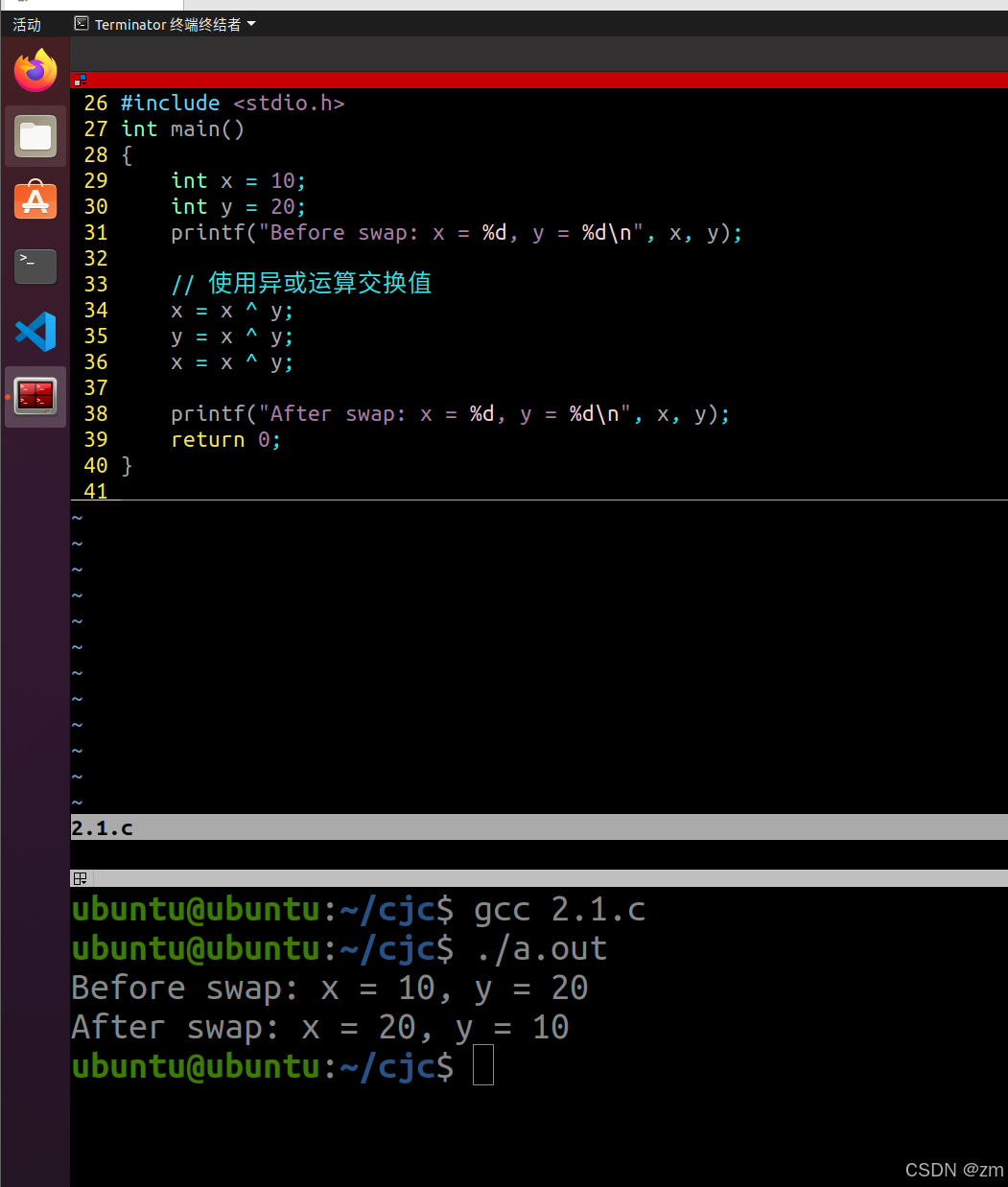海关在对进口货物进行查验时,需要核对报关单上的各项信息。对报关单 PDF 批量指定区域识别改名后,海关工作人员可以更高效地从文件名中获取关键信息,如货物来源地、申报价值等。例如文件名 “[原产国]_[申报价值].pdf”,有助于海关快速筛选重点查验对象,提高查验效率和监管精准度。

要基于 Windows 自带的 UWP 的文字识别功能,实现批量对 PDF 指定多个区域进行识别并改名的功能,可以按照以下步骤进行:
1. 创建 UWP 项目
首先,打开 Visual Studio,创建一个新的 UWP 项目。

2. 配置项目权限
在 Package.appxmanifest 文件中,添加以下权限:
xml
<Capabilities><Capability Name="internetClient" /><DeviceCapability Name="webcam" /><DeviceCapability Name="microphone" />
</Capabilities>
3. 安装必要的 NuGet 包
需要安装 PdfSharp 或 iTextSharp 等库来处理 PDF 文件。在 NuGet 包管理器中搜索并安装 PdfSharp。
4. 实现文字识别和文件改名功能
以下是一个完整的 WPF完整的代码示例:
csharp
using System;
using System.Collections.Generic;
using System.IO;
using System.Linq;
using System.Threading.Tasks;
using Windows.Foundation;
using Windows.Graphics.Imaging;
using Windows.Media.Ocr;
using Windows.Storage;
using Windows.Storage.Streams;
using PdfSharp.Pdf;
using PdfSharp.Pdf.IO;na


















